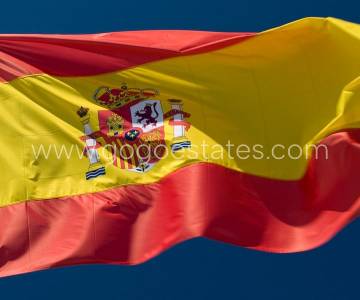Spanish inflation to lowest level in over a year

Spanish inflation almost halved last month to its lowest level since August 2021. The national statistics office INE reported a drop to 3.3%. This is good news for the Spanish economy, which is benefiting from falling energy prices and government measures such as a reduced VAT rate on food products. However, despite these developments, core inflation, which excludes food and energy, remains high at 7.5%.
The fact that Spain's inflation rate is falling is a sign of progress for the country's economy. Falling energy prices and measures taken by the government are contributing to lowering inflation. However, the reduction in VAT rates on food products has not led to a drop in food prices, which rose by more than 16% in February.
Despite the drop in inflation rates, experts warn that Spain's inflation problem has not yet been solved. Core inflation remains high and is not expected to fall soon. Moreover, the Spanish economy is still recovering from the COVID-19 pandemic, meaning that challenges to the economy and inflation remain.
It is not only Spain that is facing inflation problems. Preliminary figures show that inflation in Germany has fallen to 7.8%, while eurozone inflation figures will be presented on Friday. The Netherlands has also experienced high inflation figures, but the March figures show a drop to 5.4%, compared to 8.9% in February.
In short, the drop in Spanish inflation rates is a positive development for the country's economy. The result of falling energy prices and government measures seems to be working. Nevertheless, core inflation remains high and the inflation problem has not yet been solved. It is important to continue monitoring developments in inflation rates to support the economy of Spain and other countries.

















